The number on a price tag is a fascinating thing.
Two people with similar backgrounds and financial circumstances could look at the same product with the same price tag and have two very different reactions. A high price tag can be attractive to those who associate it with high quality and an element of luxury while others may perceive it as being over-priced and a poor value. Similarly, a low price tag could be viewed as an excellent bargain by some but an indicator of poor quality to others.
Is either perception entirely right or wrong? To help get to the bottom of this, ask yourself these two questions...
Does a higher price always equate to a better product?
Does a lower price always equate to a lesser product?
For us, the answer is an easy "no". To prove our point, let's take a look at what goes into the price tag on a pickleball paddle:

The three columns above represent a rough cost breakdown of three top-tier pickleball paddles from three philosophically different companies:
- The column on the left is the Players Pickleball Rogue2/Rogue2 Carbon line of paddles. We proudly hand-build them in the USA and sell them directly to customers from our website. Without the expensive dealer markup, a wide network of compensated reps, and a massive team of sponsored players, we're able to use top-grade materials and add additional features to the paddle while still keeping the price well below the competition.
- The center column represents a similar made-in-the-USA paddle that's instead sold through traditional dealers and via a network of compensated reps. Most companies fitting this description also have many high-profile sponsored players. The majority of the paddle cost is consumed by these expenses, leaving little budget for additional paddle features or product innovation.
- The column on the right represents a company that essentially rebrands and sells mass-produced paddles from overseas factories. Again, the largest portion of the price you pay goes to the dealer. In this model, there's little-to-no research & development, and companies rely heavily on advertising and sponsored pros to help spread awareness about an unremarkable paddle.
While the second two philosophies aren't necessarily wrong, they certainly don't put customers' needs first, and ultimately, customers end up paying more money for a lesser paddle. When you remove all of the other expenses and look only at the materials and labor that goes into a paddle compared to the price you pay for that paddle, the results are striking:

Because we prioritize our spending on the product itself, rather than advertising, sponsorship, and dealer/rep-based distribution, you're getting a superior product at a significantly lower price. To those who know us well, this isn't a surprise.
From the beginning, our primary goal has been to deliver the best value to our customers, providing the highest performing paddles at the lowest prices we can. This isn't just some arbitrary advertising claim, but a core value of ours, both personally and professionally. Our company name is "Players" because we always put you, the players at the top of our priority stack. When it comes to how our paddles perform and how much you have to pay for them, there's no limit to how far we're willing to go to crack the quality/price formula in your favor.
While other brands are increasing prices and spending more money on advertising and sponsoring pro players, they're also finding ways to maximize their profits by making (or sourcing) paddles for less. They're effectively cutting corners on the product at the same time they charge you more for it, allocating your hard earned cash toward ads and sponsorships to increase their sales, rather than the product you're buying. This isn't necessarily a bad practice, but one they aren't often eager to point out. We, on the other hand, don't sponsor a massive team of paid players, and we keep our advertising to a minimum, spending money instead on higher quality paddle materials and on building more features into each and every paddle.
...
If you've read this far, you can probably stop here. We think you get the point by now. However, if you want to read more of our musings about what's in a number, read on...
To better understand the price you pay for the paddle you'll carry on to the court for your next match, we need to look at a breakdown of all of the costs of running a paddle business, not just the cost of the paddle itself. This list only scratches the surface:
- Material Costs
- Labor
- Sponsored Players
- Advertising
- Operating Costs
- Payroll
- Insurance
- Warranty & Returns
- Rent & Utilities
- Research & Development
- Freight & Shipping
- ...
When we hold a paddle in our hands, it's easy to think about the cost of the materials and the work it took to build the paddle, but we might not consider that the famous player whose name is on that paddle also got a cut, as did any other sponsored player, whether they just get some free gear, travel expenses, or a regular paycheck. The same goes for every advertisement you see and every warranty claim you hear about. Every expense was in some small part, paid for by you when you bought your paddle.
There's a single expense, however, that makes every other expense seem tiny by comparison: the cost of dealer markup. In most cases, a dealer will expect to buy a pickleball paddle at 30% - 50% off the retail price. The largest online dealers are likely to demand a full 100% markup, meaning they purchase a paddle for $100, then sell it along to you for $200. This means that half of what you pay for a paddle goes to the dealer, whether they provide additional value or not.
While dealer markup may seem like highway robbery, it's the way things have worked for hundreds of years and up until the advent of the internet and the widespread acceptance of online shopping, it was a necessary step in getting products in the hands of customers.
The internet has changed that entirely. It's no longer necessary for manufacturers to work with large distributors and a wide dealer network to get their products to customers, yet in most cases, customers are paying prices as if it were. At Players Pickleball, we have sidestepped this process entirely by refusing to sell our products through the traditional dealer model and are 100% convinced that it allows us to sell a higher quality product at a lower price than the competition. For a direct comparison, if we were to sell our Rogue2 paddle through dealers, the retail price would be right around $200. Our Rogue2 Carbon paddles would sell for $225+. Ours would justifiably be the most expensive paddles on the market.
So once again:
Does a higher price always equate to a better product?
Does a lower price always equate to a lesser product?
When you are willing to think (and operate) outside the box, the answer is a resounding no.
You CAN get a lower price on a better product every single day when you buy from Players Pickleball.
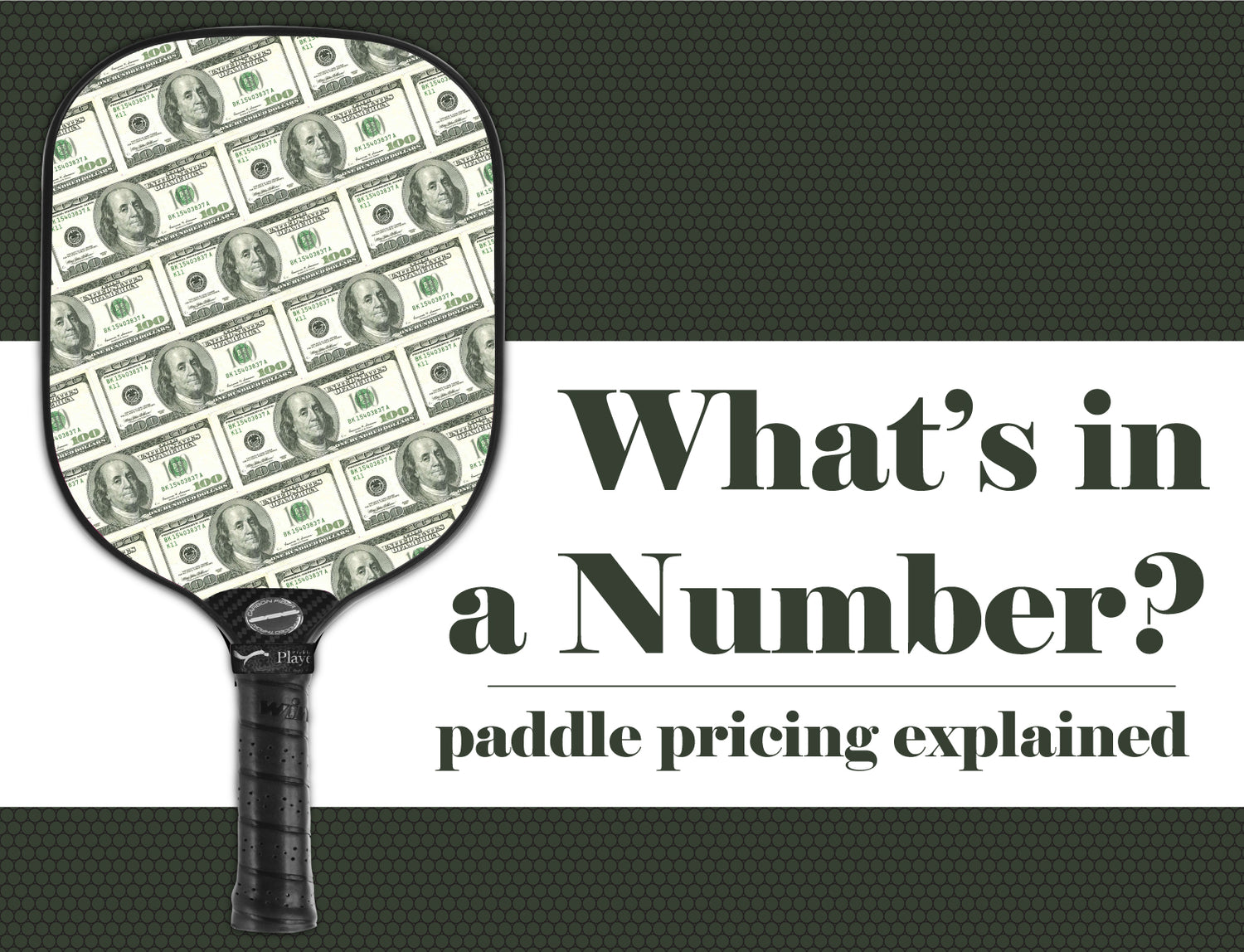
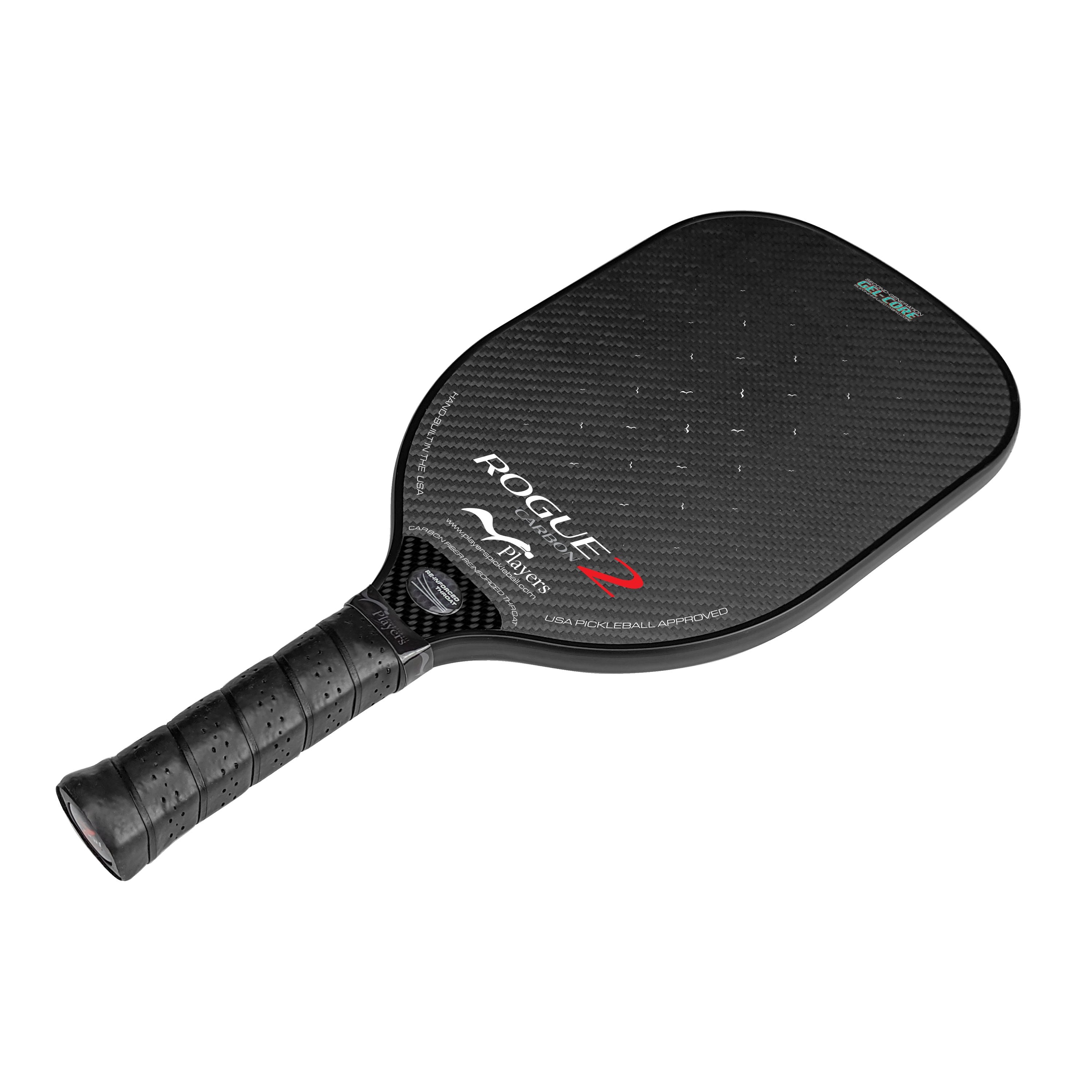
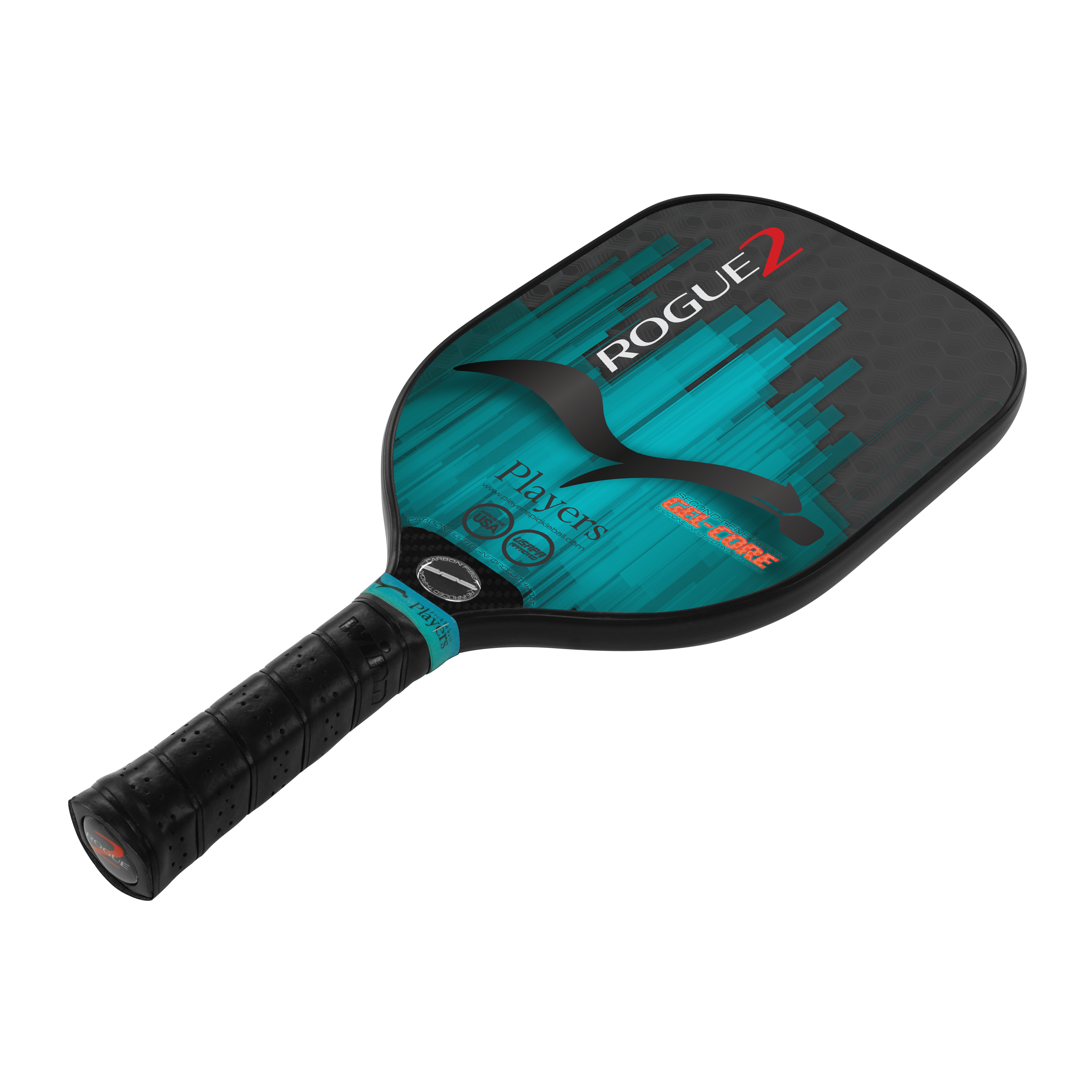
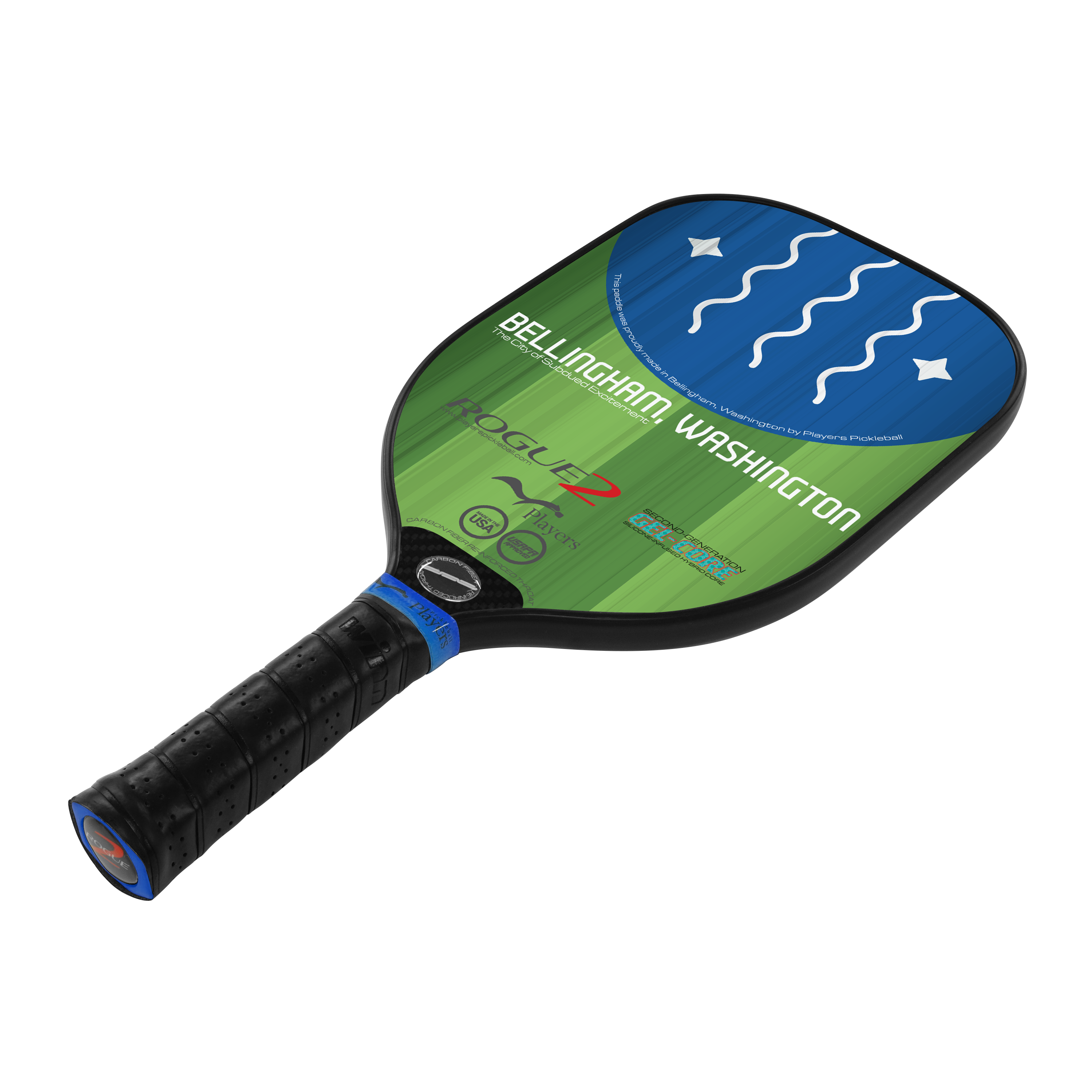
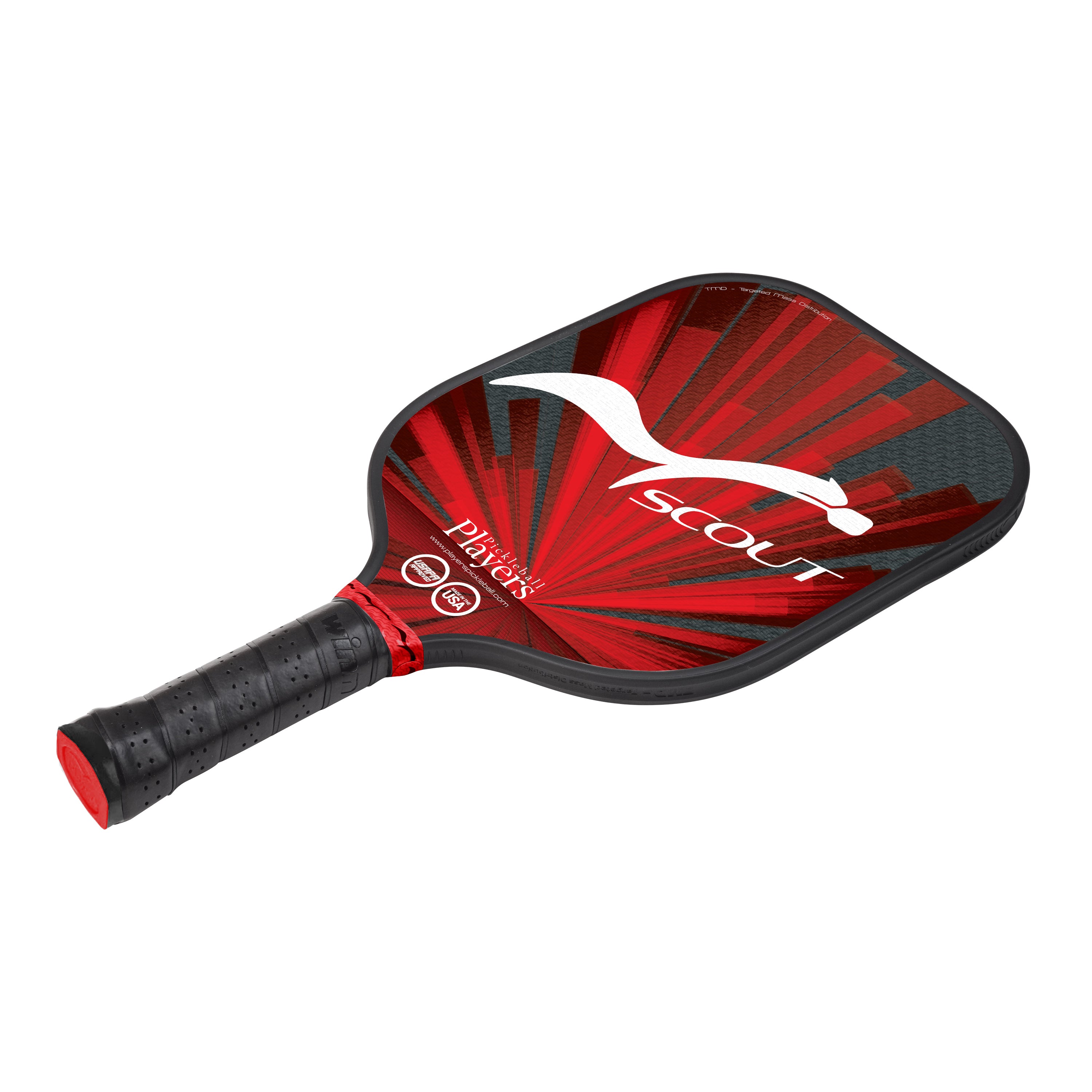
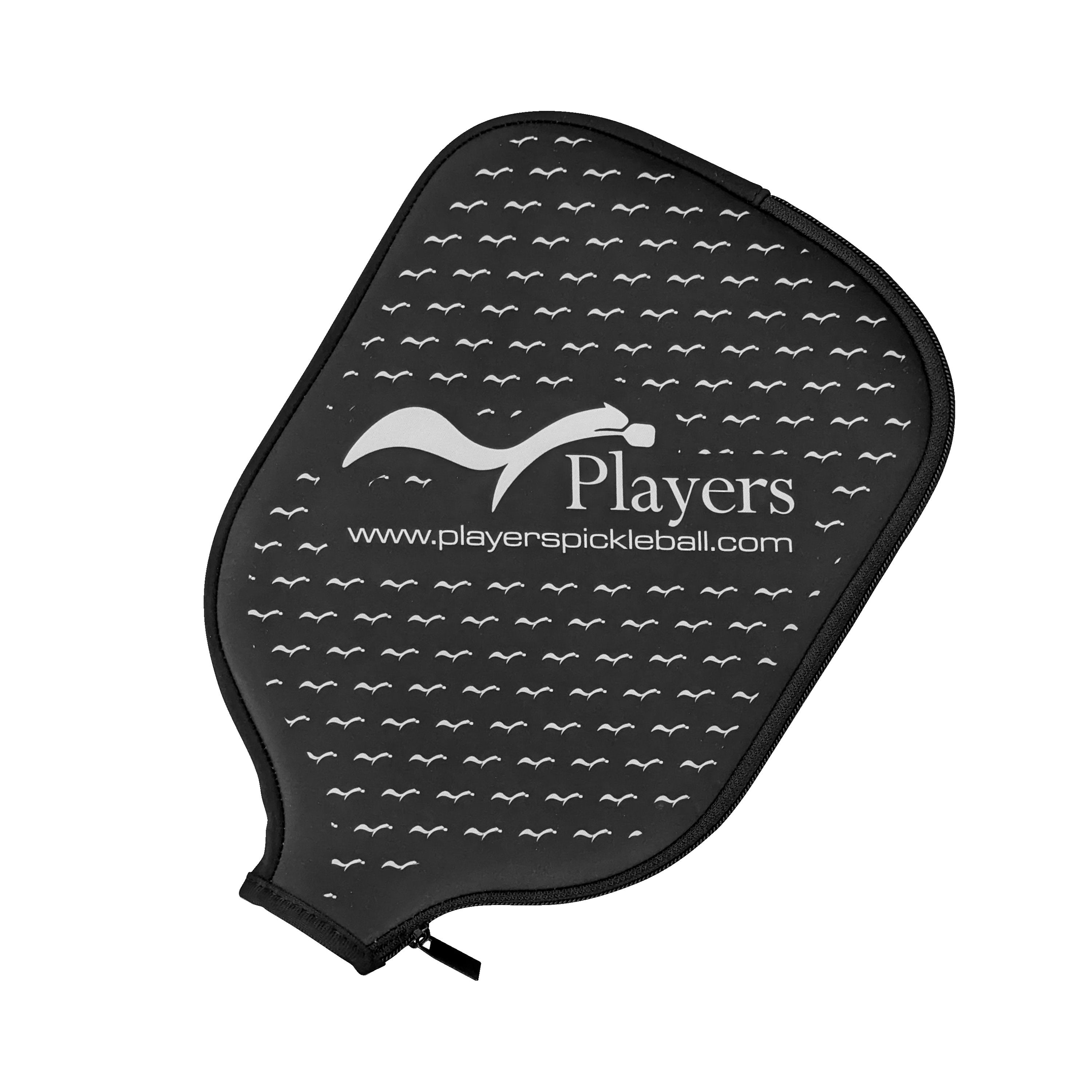
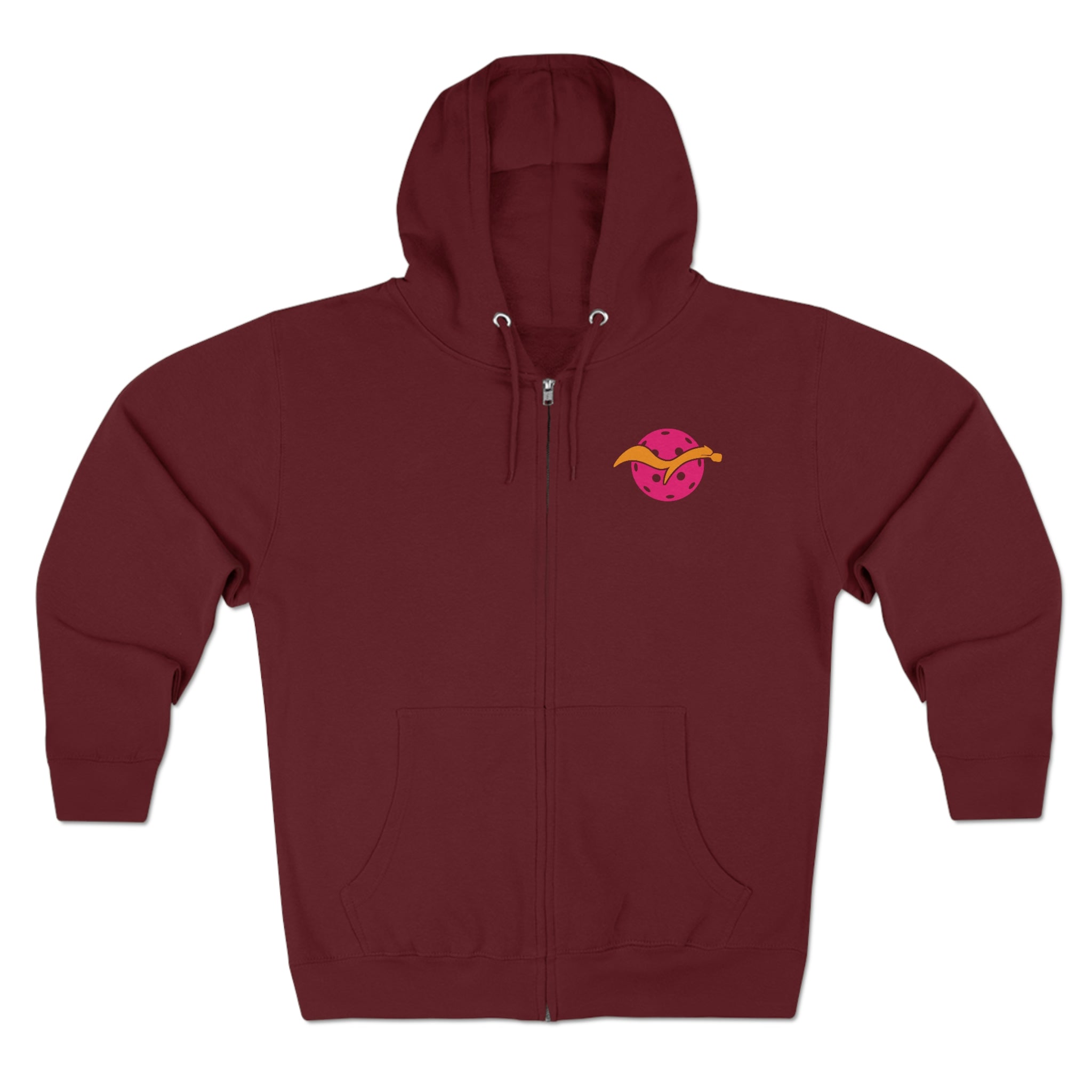
8 comments
Kevin. Barber
Great paddle. Just brought my wife one. Reasonable price! Love he Gizmo design.
Great paddle. Just brought my wife one. Reasonable price! Love he Gizmo design.
Kevin
Who else besides Gear Box are among the brands that align with making paddles differently?
Who else besides Gear Box are among the brands that align with making paddles differently?
DAVID GREENE
My wife Linda and I are playing your Rogue 2 Carbon Hybrid paddles, since November 2022, and still becoming familiar with them. We are enjoying the experience so far…we only started Pickleball in July 2022.
Do you provide zippered covers for the Rogue 2 Hybrid paddle ?
Thank you !
David
My wife Linda and I are playing your Rogue 2 Carbon Hybrid paddles, since November 2022, and still becoming familiar with them. We are enjoying the experience so far…we only started Pickleball in July 2022.
Do you provide zippered covers for the Rogue 2 Hybrid paddle ?
Thank you !
David
Norm Elliott
Just saw gear box post their paddles are made in China says so on paddles
Just saw gear box post their paddles are made in China says so on paddles
Norm Elliott
My wife and I started playing with players paddle several years ago first mostly because my wife had hand issues players paddle stop the pain she was having i use the paddle just the best paddle I ever played with got enjoyed in the rewards program have helped about a dozen other people play with the players paddle
My wife and I started playing with players paddle several years ago first mostly because my wife had hand issues players paddle stop the pain she was having i use the paddle just the best paddle I ever played with got enjoyed in the rewards program have helped about a dozen other people play with the players paddle
Players Pickleball
Rafael, we agree that your Gearbox paddles do not follow the generic models shown above and are one of the few brands that approach paddle making differently!
Rafael, we agree that your Gearbox paddles do not follow the generic models shown above and are one of the few brands that approach paddle making differently!
Rafael Filippini
Your model represented here does not represent the Gear Box brand. Gear Box does not buy open model paddles overseas. It is entirely incorrect . Our R&D costs far outweigh player and advertising cost.
Your model represented here does not represent the Gear Box brand. Gear Box does not buy open model paddles overseas. It is entirely incorrect . Our R&D costs far outweigh player and advertising cost.
CoachRick
I’ve been happily playing with Players paddles for over three years. I do believe they represent a great value and an excellent product!
Keep up the good work!!!
I’ve been happily playing with Players paddles for over three years. I do believe they represent a great value and an excellent product!
Keep up the good work!!!